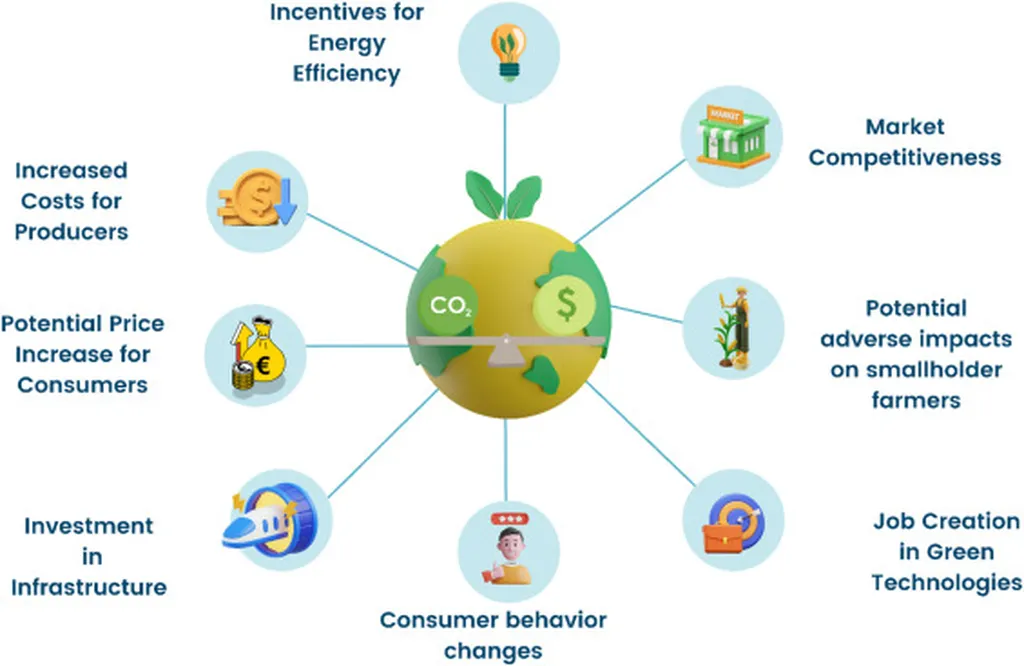In the quest to combat climate change, carbon pricing has emerged as a powerful tool to curb emissions, and its potential impact on food systems is now under the microscope. A recent study published in *Future Foods* (which translates to *Makanan Masa Depan* in English) explores how carbon pricing could reshape vegetable cold chains—critical, energy-intensive networks that preserve fresh produce and reduce food waste. The research, led by Oluwadara Alegbeleye of the International Water Management Institute (IWMI) in Addis Ababa, Ethiopia, sheds light on both the opportunities and challenges of integrating carbon pricing into these supply chains.
Vegetable cold chains are a cornerstone of modern agriculture, ensuring that fresh produce reaches consumers in optimal condition. However, their reliance on energy-intensive refrigeration and logistics makes them a prime target for carbon pricing mechanisms. According to Alegbeleye, “Carbon pricing can drive innovation by incentivizing energy-efficient technologies, renewable energy adoption, and sustainable logistics practices.” This shift could open new avenues for the energy sector, particularly in developing and deploying low-carbon refrigeration solutions.
Yet, the transition isn’t without its hurdles. Higher operational costs could strain supply chains, potentially disrupting food affordability and accessibility—especially for vulnerable populations. “There’s a delicate balance to strike between environmental goals and socio-economic realities,” Alegbeleye explains. “If not carefully designed, carbon pricing could inadvertently exacerbate food insecurity and public health concerns.”
The study highlights mitigation strategies, such as revenue recycling and targeted subsidies, to ensure a just transition. Hybrid policy designs that combine carbon pricing with other incentives could also help soften the blow on businesses and consumers. For the energy sector, this presents a unique opportunity to collaborate with agricultural stakeholders, developing tailored solutions that align with both climate goals and commercial viability.
As the world grapples with the urgent need to reduce emissions, this research underscores the importance of thoughtful policy design. By carefully integrating carbon pricing into vegetable cold chains, we can pave the way for a more sustainable—and equitable—future. The findings published in *Future Foods* offer a roadmap for policymakers, businesses, and energy providers to navigate this complex landscape, ensuring that the transition to low-carbon food systems benefits everyone.

